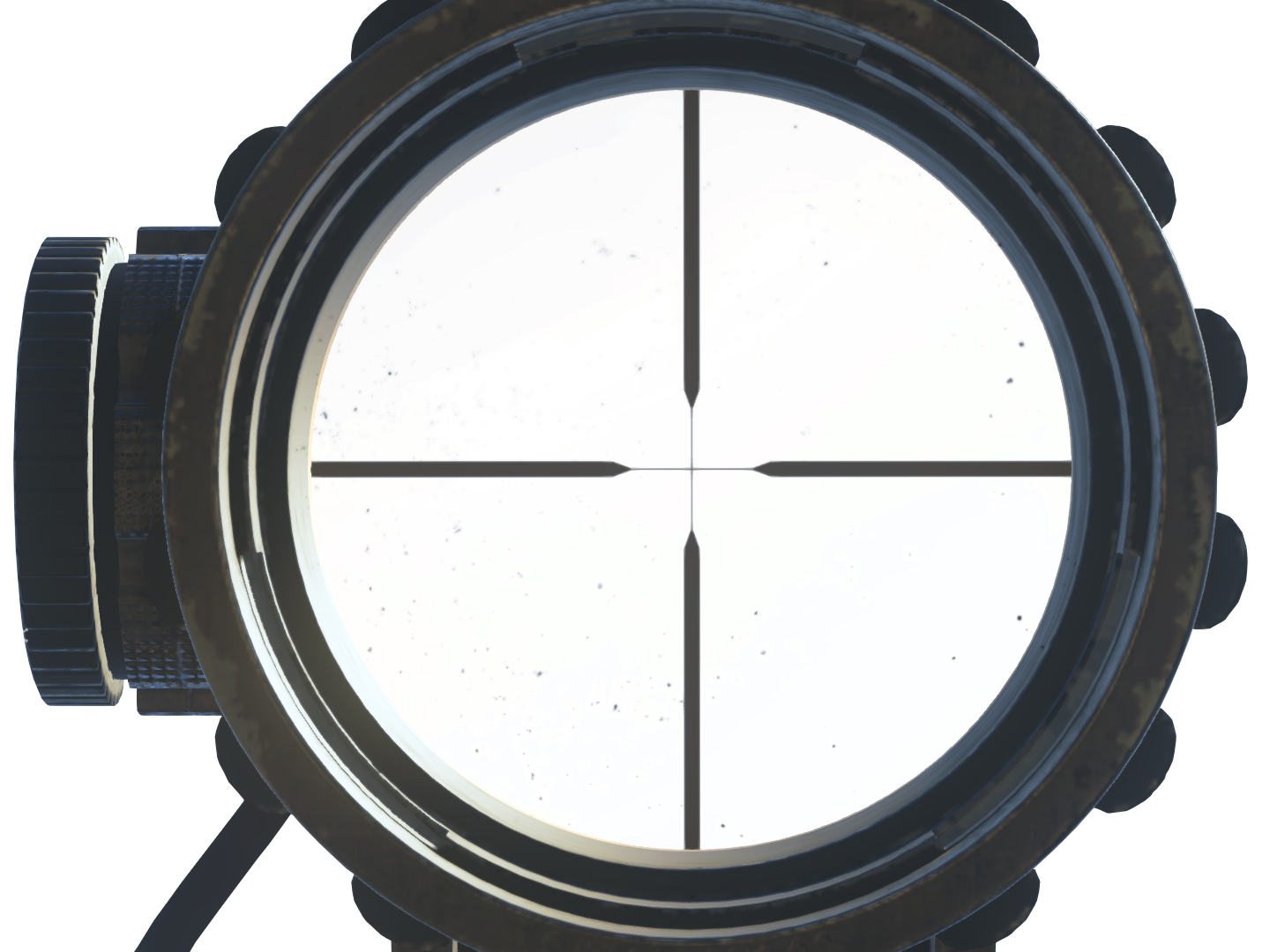High energy physics, an exuberant pursuit at the frontier of scientific knowledge, delves into the fundamental constituents of matter and the forces that govern their interactions. At first glance, the scope of this discipline may appear narrowly focused; however, a closer examination reveals an intricate tapestry of inquiry with far-reaching implications. The plethora of questions that remain unanswered in this dynamic field fosters a fertile ground for research, ultimately promising a profound shift in our understanding of the universe.
First and foremost, high energy physics seeks to unravel the complexities of particle interactions at energies that surpass the capabilities of everyday experiences. By utilizing accelerators like the Large Hadron Collider (LHC), scientists can probe the fundamental forces and particles that construct our universe. These investigations are not merely an academic endeavor; they have immense practical implications. The discovery of the Higgs boson, for instance, has not only enriched our knowledge of particle physics but also spurred advancements in technology and engineering. The future promises similar breakthroughs as experimental setups become more sophisticated, potentially leading to discoveries of new particles and forces, which could pave the way for revolutionary technologies.
Furthermore, high energy physics is intricately connected to cosmology, the study of the universe’s origins and its vast, enigmatic structure. Astrophysical phenomena such as black holes, cosmic rays, and dark matter share an intimate relationship with particle physics. Research in this domain is critical for elucidating the conditions that prevailed just after the Big Bang, as it directly informs our comprehension of cosmic evolution. With each major advancement, researchers gain insight not only into the microscopic realm of subatomic particles but also into the grand narrative of cosmic history, a duality that enhances the scope of inquiry.
Theoretical frameworks such as string theory further amplify the allure of high energy physics. String theory posits that fundamental particles are not point-like entities but rather one-dimensional strings vibrating at specific frequencies. This radical rethinking invites researchers to explore dimensions beyond the familiar three, leading to profound consequences for the understanding of both time and space. Such theories encourage cross-disciplinary collaboration, as they weave together threads from mathematics, cosmology, and even philosophy, expanding the intricacy of the investigative landscape.
Moreover, the multidisciplinary nature of high energy physics serves to broaden the horizon of research possibilities. Collaborations among physicists, mathematicians, engineers, and even computer scientists foster an environment ripe for innovation. High energy physics encourages developments in computational algorithms and data analysis techniques, which are instrumental when sifting through the copious data generated by particle colliders. Indeed, advances in machine learning and artificial intelligence are increasingly being employed to decode the immense datasets, suggesting a dual trajectory where the field itself cultivates new technologies while simultaneously advancing scientific knowledge.
One must also consider the educational and societal implications of high energy physics research. Engaging the public’s interest in particle physics not only enhances scientific literacy but also nurtures a culture of inquiry and critical thinking. Initiatives such as outreach programs and interactive exhibits at research facilities play a vital role in demystifying complex concepts, inspiring the next generation of scientists and engineers. As the quest for understanding continues, public engagement initiatives reinforce the importance of curiosity and scientific exploration in the broader societal context.
It is essential to investigate the ethical dimensions of high energy physics research. As discoveries emerge from the hidden realms of particle interactions, profound philosophical questions become salient: What does it mean to unravel the fundamental truths of the universe? How should society manage the consequent technological advancements? As researchers grapple with these ethical considerations, the dialogue surrounding science and morality becomes ever more crucial. The intersection of scientific inquiry with ethical deliberations ensures a holistic approach to research that respects both the bounds of inquiry and the gravity of its implications.
Additionally, pursuing research in high energy physics has the potential to foster international collaboration. Global initiatives, such as the CERN collaboration, enable scientists from diverse cultural and academic backgrounds to work together towards common goals. This spirit of unity transcends geopolitical divisions and promotes a shared commitment to knowledge acquisition. The convergence of ideas from different cultures is likely to yield innovative solutions to the myriad challenges faced in experimental and theoretical physics.
As one contemplates the scope of research in high energy physics, it becomes evident that the boundaries of inquiry continue to expand. Groundbreaking experiments and conceptual breakthroughs beckon researchers to explore the uncharted territories of the microcosm. By doing so, researchers not only deepen our understanding of the universe but also inspire curiosity to question the very laws that govern our existence. The profound questions that arise from such investigations resonate within myriad disciplines, ensuring that the ramifications of high energy physics transcend the laboratory and permeate the fabric of societal discourse.
In conclusion, the promise of research in high energy physics extends well beyond particle collisions and theoretical constructs. It signifies engagement with the fundamental questions of existence, the interplay between the finite and infinite, and the synthesis of knowledge across disciplines. As scientists continue to probe the depths of reality, they also ignite a spark of curiosity that illuminates the path toward a broader comprehension of the cosmos—a pursuit that is, in itself, a testament to the indomitable human spirit of exploration.












